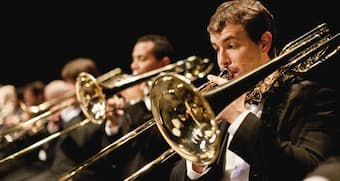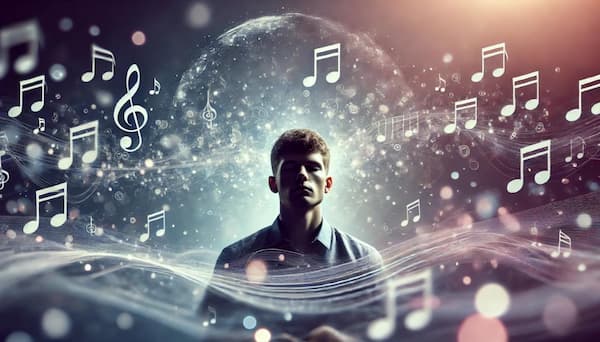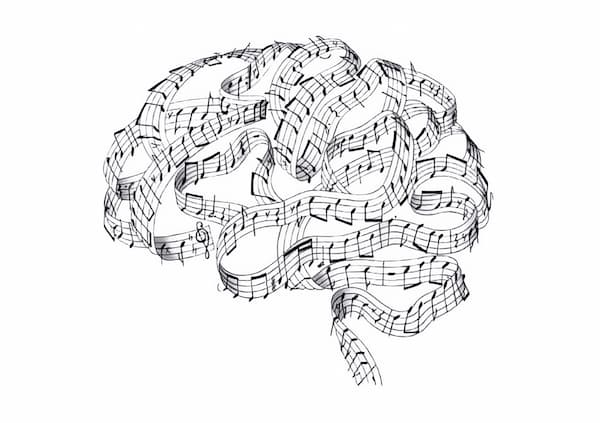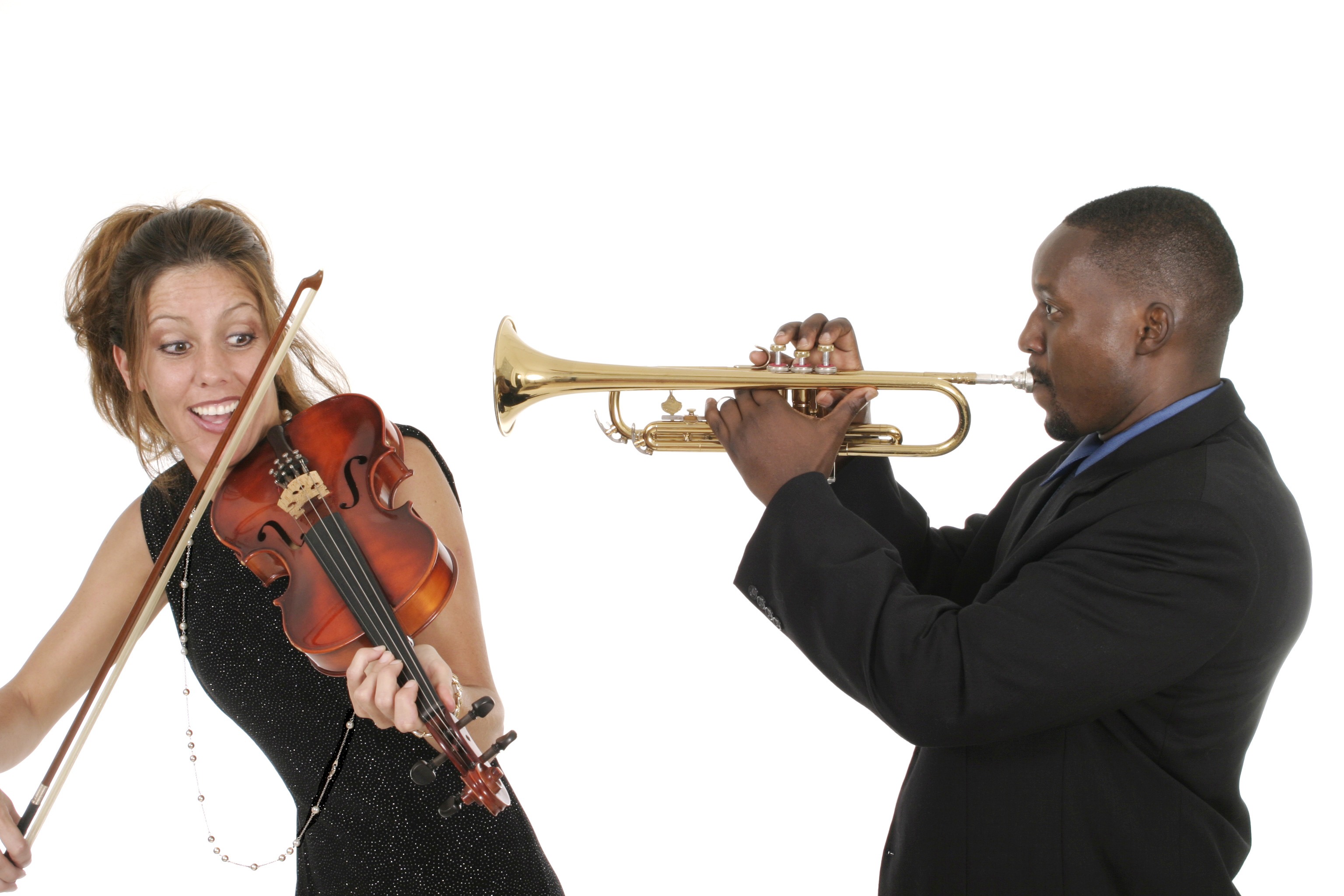
Without music life is unthinkable. Audience members and musicians are passionate about it, yet few people realize that decibels can be dangerous! Our world is toxically noisy and our hearing is jeopardized on a daily basis. The majority of cases of hearing loss and injury occur due to loud noise. There is no escaping the constant barrage of sound in our lives.
It’s not just “old people” who suffer. According to the American Medical Association, one in five teens are losing their hearing and cannot hear whispers, raindrops or consonants. Among college freshmen, 61% have hearing injuries.
This increase could be caused by frequent use of ear buds and headphones. We use them to hear the music we like to hear and to block out unwanted sounds. Unfortunately, we tend to crank the volume well above safe levels.
Musicians are at particular risk. We expose ourselves to very high volumes of sound multiple times a day. Sound exposure is cumulative, and over a career, it can cause permanent hearing injury. Among musicians, producing a huge sound is a goal in itself. We’ve all heard the adage: Fast is good, loud is better; fast and loud is best!

© cdc.gov
The ear has 20,000-30,000 hair cells, which are nerve endings responsible for carrying the electrical impulses through the auditory nerve to the brain. These delicate receptors bend or flatten as sounds enter the ear. Most often these hairs spring back to normal in a few hours, or overnight. Initially, loud sounds cause only temporary distortion of cells, but over time, damage occurs as hair cells lose their resilience. Frequent, and intense exposure will cause these receptors, to flatten down, stiffen, and eventually break. High frequency sounds are the most damaging.
Decibel Exposure Time Guidelines
According to The National Institute for Occupational Safety and Health (NIOSH) and the Center for Disease Control, the accepted standard for continuous exposure to decibel levels, is a maximum of 85 decibels for an eight hour day.
Decibels work logarithmically. For every 3 dBs over 85 dB, the permissible exposure time must be cut in half. At 88 dB one should only be exposed for 4 hours, at 91 dB, two hours, and at 94 one hour. NIOSH and the CDC limit regular sustained unprotected exposure of 103 dB to 7.5 minutes. Any exposure above 115 decibels even for seconds is risky.
Hearing loss occurs due to the combination of exposure time, the noise level, the peak level, and the proximity to the sound. For musicians, any hearing issue is devastating as “normal” hearing is just not good enough. It can interfere with hearing pitch and intonation, dynamics, and shades of tone color and timbre. A hearing injury can interfere with determining where the sound comes from and can wreak havoc when attempting to discern sound with background noise. It can cause extreme sensitivity and pain from sound.
So how loud is an orchestra? Our sounds are wonderful but when clocked, a violinists’ left ear is exposed through the “f” hole to close to 100dB. Flutes, piccolos and trumpets easily reach the 110dB range, that of a subway train, and a full orchestra at its peak measures above 120dB, about the volume of a jackhammer. Enclosed spaces like orchestra pits can be even louder. Think Verdi’s Aida! The decibel levels in music like Beethoven’s 9th with its huge chorus raises the roof.
Aida Triumphal March
Rock music hits 150 dB, as loud as a gunshot.
Signs of trouble
You may have already done serious damage to your hearing. The following symptoms may indicate that your hearing is being compromised:
- Normal sounds seem loud, even painful.
- Loud sounds become unbearable.
- Ear, neck or jaw pain, frequent ear “popping” or a feeling of fullness.
- A single tone sounds seem to be a different pitch in each ear.
- Confusing consonants, discerning t’s, b’s, p’s, d’s. An inability to hear words clearly.
- Any ringing, fluttering, buzzing, or roaring in your ears or your head.
- A tendency to speak loudly and turn up the volume on TV’s, sound systems and iPods.
Too High, Too Loud, Too Close, Too Long
We have all been guilty of wearing ear buds or headphones for hours, not even realizing that we may be causing damage. Listen safely. Use the best headphones you can, which limit outside noise, so you don’t have to turn up the volume.
Turn off your listening devices and power tools well ahead of time when you are going to hear, or participate in a loud performance.
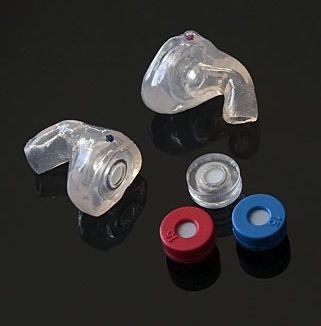
Practical Tips for Musicians to Protect Their Ears
- Practice and rehearse more softly.
- Take frequent silence breaks to give your ears time to recover.
- Avoid playing loud, noisy pieces in small venues.
- Use hearing protection. Purchase musician’s earplugs like those from Etymotic Research (ER). Carry over-the-counter foam earplugs at all times for unexpected barrages of sound.
- Use drapes or wall hangings over blackboards and hard surfaces. Carpet hard floors.
- When rehearsing, alternate louder works or passages with softer works.
- Place trumpets, and other treble players, and cymbals on risers.
- Use baffles or plexiglass shields placed no more than seven inches from the players’ ears.
- Distance yourself. Avoid being in the “line of fire.”
- Get a base-line hearing test. Hearing loss can be insidious.
- Quit smoking! A smoker’s risk for hearing loss is double that of nonsmokers.
Read more about noise-induced injuries, which may occur even without hearing loss.
“This is an excerpt from Playing (Less) Hurt by Janet Horvath, published by Hal Leonard Books”
For more of the best in classical music, sign up to our E-Newsletter
References:

